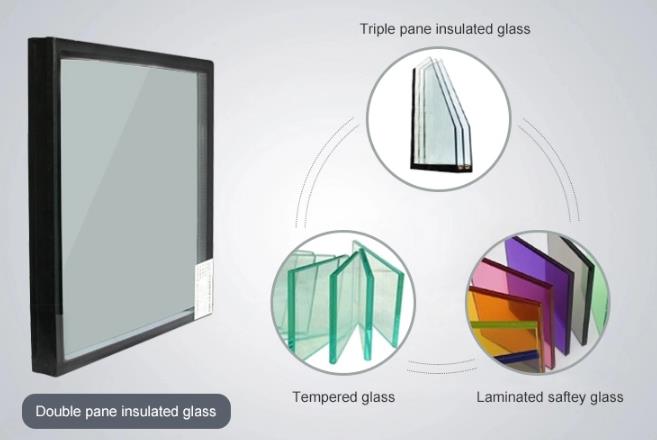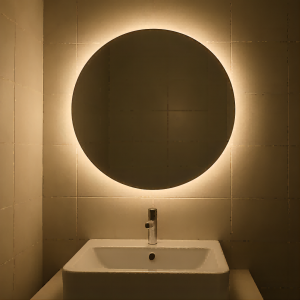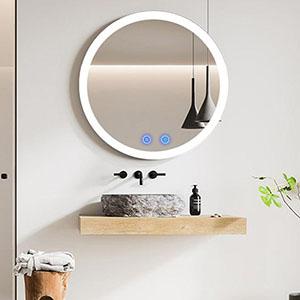Energy Efficiency of Insulated Glass Units (IGUs)
nsulated glass units (IGUs) play a crucial role in modern architecture, significantly enhancing the energy efficiency of buildings. These units, also known as double glazing or triple glazing when they contain two or three panes of glass respectively, are designed to reduce heat transfer, thus improving thermal performance and contributing to energy savings. This article delves into the construction, benefits, types, and advancements in IGUs, with a focus on their role in energy efficiency.

Construction and Design of IGUs
IGUs consist of multiple layers of glass separated by spacer bars and a sealed air or gas-filled cavity. The primary components of an IGU include:
Glass Panes: Typically, two or three panes of glass are used, which can be clear, tinted, or coated with low-emissivity (Low-E) films to enhance performance.
Spacer Bars: These are placed between the panes to maintain the gap. They are often made of materials with low thermal conductivity to minimize heat transfer.
Seals: Dual-seal systems are commonly used to ensure the integrity of the unit, preventing moisture ingress and gas leakage.
Gas Fillings: The cavities are filled with inert gases like argon or krypton, which have lower thermal conductivity than air, further reducing heat transfer [2].
Benefits of IGUs
Thermal Performance
IGUs are designed to provide superior thermal insulation. The multiple layers of glass and the gas-filled cavities significantly reduce heat loss in the winter and heat gain in the summer, maintaining a stable indoor temperature and reducing the need for artificial heating and cooling [5].
Energy Savings
By enhancing thermal insulation, IGUs contribute to substantial energy savings. Buildings equipped with IGUs require less energy for heating and cooling, resulting in lower utility bills and a reduced carbon footprint. Studies have shown that double-glazed IGUs can improve thermal performance by up to 50% compared to single glazing [4].
Comfort and Noise Reduction
The insulation properties of IGUs also improve indoor comfort by eliminating cold drafts and reducing external noise. The multiple glass layers and sealed cavities act as effective barriers to sound transmission, making them ideal for buildings in noisy urban environments.

Condensation Control
IGUs help in controlling condensation, which can lead to mold growth and damage to window frames. The inner pane of glass stays warmer compared to single glazing, reducing the likelihood of condensation forming on the interior surface [2].
Types of IGUs
Double Glazing
Double glazing consists of two panes of glass separated by a spacer and a sealed cavity filled with air or gas. It is the most common type of IGU and offers a good balance of thermal performance, cost, and weight.
Triple Glazing
Triple glazing adds an additional pane of glass and a second cavity, enhancing thermal performance and energy efficiency. While more expensive and heavier than double glazing, triple glazing is ideal for extreme climates where maximum insulation is required.
Low-Emissivity (Low-E) IGUs
Low-E IGUs feature a microscopically thin, transparent coating on one of the glass surfaces that reflects infrared energy while allowing visible light to pass through. This coating improves the thermal efficiency of the unit by reflecting heat back into the building during winter and reducing heat ingress during summer [6].
Solar Control IGUs
These IGUs are designed to reduce solar heat gain, making them suitable for buildings with extensive glazing in sunny climates. They often incorporate tinted or reflective coatings to minimize the amount of solar radiation entering the building.
Advancements in IGU Technology
Vacuum Insulation Glazing (VIG)
VIG is an emerging technology that significantly enhances the thermal performance of IGUs. It involves creating a vacuum between the glass panes, eliminating the conductive and convective heat transfer that occurs in traditional gas-filled cavities. Vig units offer superior insulation while maintaining a slim profile, making them suitable for retrofit applications where space is limited [3].
Photovoltaic IGUs
Integrating photovoltaic cells into IGUs enables the generation of electricity while maintaining the thermal benefits of double or triple glazing. These Building-Integrated Photovoltaic (BIPV) IGUs are particularly advantageous for sustainable building designs, as they contribute to energy production and efficiency simultaneously [1].
Dynamic Glazing
Dynamic glazing technologies, such as electrochromic and thermochromic glass, allow the tint of the IGU to change in response to environmental conditions or user controls. This adaptability helps in optimizing daylighting and solar heat gain, enhancing both energy efficiency and occupant comfort.
Case Studies and Performance Analysis
Energy Performance Assessments
Studies have demonstrated the significant impact of IGUs on building energy performance. For example, semi-transparent BIPV IGUs have been shown to outperform traditional Low-E coated IGUs in overall energy performance, offering both insulation and renewable energy benefits [6]. Additionally, accurate modeling of IGUs under various climatic conditions helps in optimizing their design for specific environments [2].
Conclusion
insulated glass units (IGUs) are a vital component in modern architecture, significantly enhancing the energy efficiency of buildings. Their ability to reduce heat transfer, control condensation, and improve indoor comfort makes them indispensable in contemporary construction. Advances in IGU technology, such as vacuum insulation and photovoltaic integration, promise even greater improvements in energy performance and sustainability. As buildings continue to evolve towards higher energy standards, the role of IGUs in achieving these goals will undoubtedly remain central.

 English
English Russian
Russian




